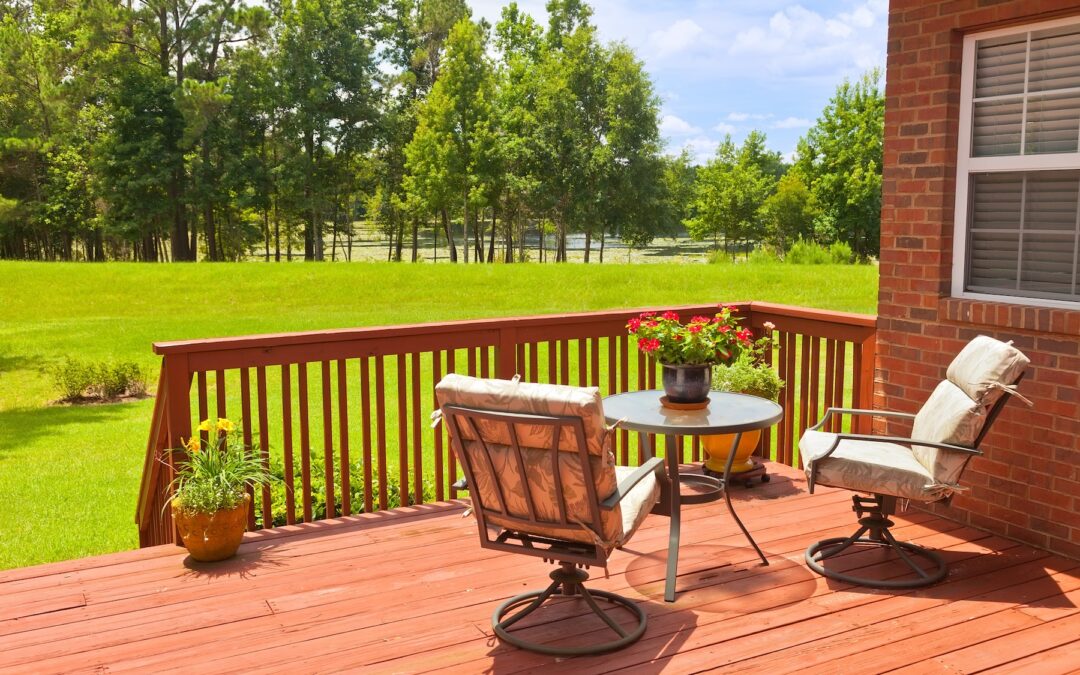


by Tristan Simmons | Feb 15, 2024 | Category - Railing
Not only does a well-constructed railing look good, but it can also keep people safe, particularly in places where people are standing, like decks, balconies, and more. For this reason, appropriate fencing and railing are essential for guaranteeing the safety of your...Fences and railings are subject to various regulations that ensure safety and compliance with local laws. Understanding these regulations is crucial for homeowners and builders alike, as they dictate the height, materials, and design of these structures.
For instance, many municipalities have specific codes that require railings to be a certain height on decks and balconies to prevent falls. Additionally, materials used must meet specific safety standards to withstand environmental conditions. Familiarizing yourself with these regulations can help avoid fines and ensure the safety of your property.
Safety standards for railings are designed to protect individuals from falls and accidents. These standards vary by location but generally include guidelines on height, strength, and spacing of balusters.
For example, the International Building Code (IBC) specifies that guardrails must be at least 42 inches high and have no openings that allow a 4-inch sphere to pass through. Adhering to these standards not only enhances safety but also adds value to your property by ensuring compliance with local laws.
Selecting the appropriate materials for fencing and railings is essential for durability and safety. Different materials offer various benefits, including aesthetics, maintenance requirements, and resistance to weather conditions.
Wood, vinyl, aluminum, and wrought iron are popular choices, each with its unique advantages. For instance, vinyl is low-maintenance and resistant to rot, while wood offers a classic look that can be customized with stains and paints. Evaluating your needs and local climate can help you make the best choice.
Installing a fence or railing can be a rewarding DIY project, but it requires careful planning and execution. Key considerations include measuring your space accurately, selecting the right tools, and understanding local building codes.
Before starting, it's advisable to research the specific regulations in your area, as this can affect your installation process. Additionally, using quality materials and following manufacturer instructions can significantly enhance the safety and longevity of your installation.